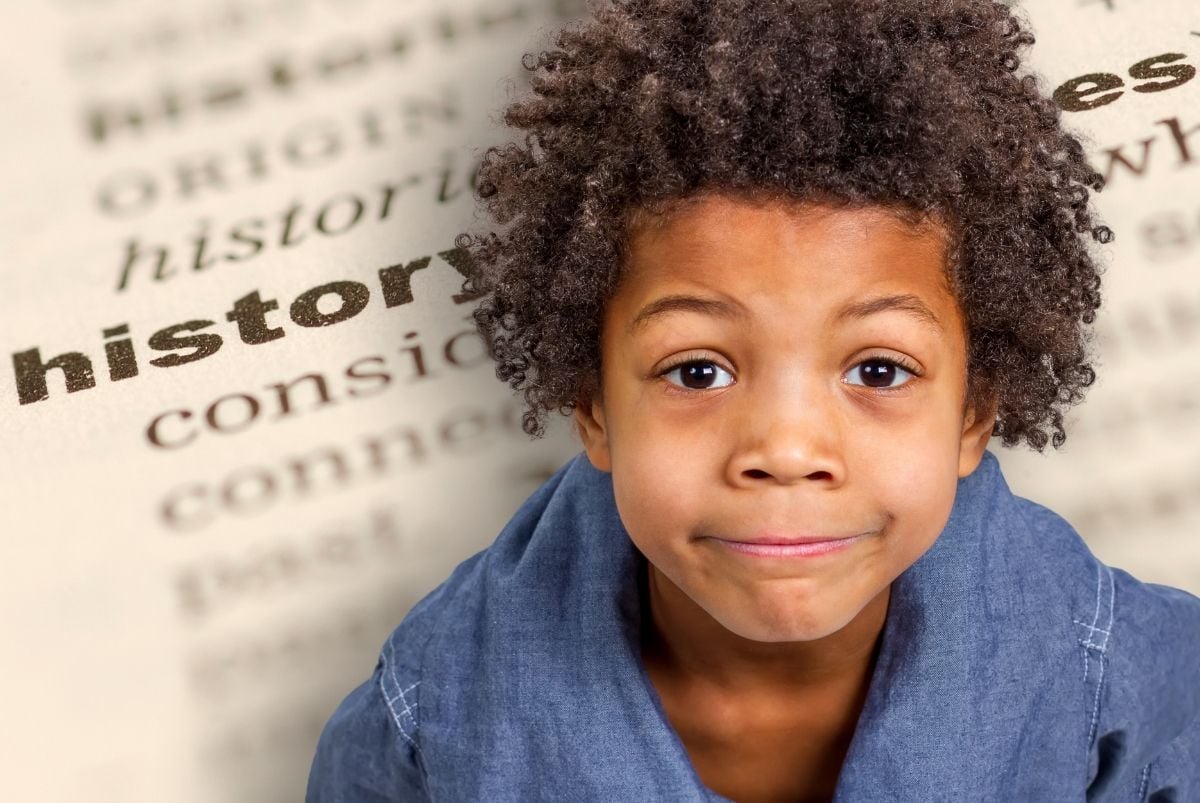Creating a portrait of a child who isn’t physically present is an evocative, delicate, and profound artistic endeavor. This challenge has unique emotional, technical, and conceptual dimensions, demanding an artist’s ability to blend imagination, empathy, and skill. Whether this child is absent due to geographical distance, is deceased, or exists only as a future hope or memory, the process of creating their portrait delves deeply into the realms of memory, storytelling, and connection. In this article, we’ll explore the artistic, emotional, and practical aspects of crafting such a portrait.
Understanding the Essence of the Child
Before beginning, the artist must strive to understand the essence of the child. Without the subject being present, this process relies heavily on descriptions, anecdotes, photographs, or other forms of representation. Conversations with loved ones, caretakers, or family members often provide invaluable insights into the child’s personality, mannerisms, and unique quirks.
- Gathering Visual References: If photographs are available, they serve as a primary tool to capture physical features. A single photograph, however, might not tell the full story. Artists often seek multiple images to understand different angles, facial expressions, and moods.
- Capturing Emotional Essence: Beyond physical traits, the challenge lies in capturing the intangible elements of the child—mischief in their eyes, gentleness in their smile, or the energy that seems to radiate from them. These qualities might come from shared memories or written descriptions provided by those who knew the child.
- Relying on Memory and Imagination: In cases where no tangible references exist, as might be the case with an unborn or deceased child, the artist must rely on abstract impressions. Imaginative reconstruction becomes key, shaped by emotions, context, and the symbolic representations shared by the family.
Emotional Considerations in the Artistic Process
Creating a portrait of a child who isn’t there often carries emotional weight, both for the artist and those commissioning the work. This emotional depth can make the portrait more meaningful but also presents challenges.
- Navigating Grief and Longing: If the portrait commemorates a deceased child, the process may become an act of mourning and remembrance. The artist’s role here is not just to create an image but to offer a form of healing through their work.
- Balancing Objectivity and Sensitivity: Artists must balance their interpretation with the emotions of the family. Their goal is to honor the subject while also respecting the nuanced feelings of those who have requested the work.
- Transforming Absence Into Presence: A successful portrait transcends the absence of the child, creating a sense of presence that comforts and connects. This transformation is achieved through thoughtful detail and an emotional resonance that speaks to the heart.
The Artistic Techniques Involved
Creating a portrait without a present subject requires a blend of traditional techniques and creative solutions.
1. Working With References
Photographs, sketches, or videos offer a foundation for capturing the child’s likeness. The artist can study lighting, facial proportions, and even posture through these references. When working with limited or poor-quality images, the artist may have to infer missing details, leaning on their knowledge of anatomy and portraiture techniques.
2. Symbolism and Abstraction
In cases where the physical presence is less defined—such as for unborn children or those remembered primarily through emotions—artists often incorporate symbolic elements. For example:
- Colors: Soft blues and whites may evoke peace or innocence, while vibrant colors might convey a child’s vivacity.
- Objects: Favorite toys, flowers, or items associated with the child can add layers of meaning.
- Environments: Including a backdrop that resonates with the child’s story, such as a park they loved or an imagined heavenly landscape, can create a richer narrative.
3. Blending Realism and Imagination
While realistic portraiture captures physical likeness, imagination allows the artist to fill in emotional gaps. An artist might emphasize certain features—a smile, the sparkle in the eyes—to evoke the child’s spirit. Abstract or semi-realistic styles can also effectively communicate a sense of presence without being bound to perfect realism.
4. Layering and Texturing
Techniques like layering and texturing help imbue the portrait with emotional depth. Using light and shadow can create a soft, dreamlike quality, while bold strokes or textures might convey energy or movement. The choice of medium—oil paints, pastels, or digital tools—can further shape the portrait’s emotional tone.
Themes and Stories Within the Portrait
A portrait of a child who isn’t there often becomes more than an image; it tells a story. These themes are essential in creating a meaningful and resonant work.
- Connection and Love: These portraits often focus on the relationships that surround the child—the unconditional love of parents, the memories shared by siblings, or the connection with the natural world.
- Time and Place: Incorporating elements from the child’s life story can ground the portrait in a specific time or place. This might include the family home, a significant vacation spot, or even an imagined future setting.
- Hope and Legacy: For some, the portrait becomes a symbol of hope, capturing the potential of a child’s life. This is especially true in cases where the child is unborn or lost before their full potential could be realized.
The Role of Collaboration
Collaboration between the artist and the family or commissioner is crucial in such projects. The family’s input provides the emotional foundation of the portrait, while the artist’s expertise transforms these emotions into visual form.
- Interviews and Conversations: Talking to family members can reveal anecdotes, gestures, or traits that might not be apparent in photographs. These conversations often guide the creative process.
- Feedback and Revisions: Sharing drafts or sketches with the family allows for adjustments and ensures the portrait aligns with their vision. This collaborative dialogue ensures the final piece resonates with those who knew the child best.
Healing Through Art
The process of creating a portrait of a child who isn’t there can be deeply healing for families. It offers a way to process grief, celebrate life, or hold onto hope. For the artist, it’s an opportunity to create a work of profound emotional resonance, one that serves as a bridge between absence and presence.
- Commemoration: For families grieving a lost child, a portrait serves as a tangible reminder of their loved one. It becomes a cherished heirloom that keeps their memory alive.
- Connection: Even in the case of unborn children, a portrait can provide a sense of connection, imagining what might have been and honoring the life that could not be fully realized.
- Expression: The portrait becomes a way to express emotions that words cannot fully capture, offering comfort and a sense of closure.
Conclusion
Creating a portrait of a child who isn’t there is both a technical and emotional challenge. It requires the artist to move beyond physical representation, capturing the essence of a child who lives on in memory, imagination, or spirit. By blending realism with symbolism, collaboration with emotional sensitivity, and artistic skill with empathy, the artist can craft a piece that transcends absence and creates a lasting connection.
In the end, such portraits are more than art; they are acts of remembrance, love, and hope. They bring the child’s presence into the hearts of those who see them, proving that even in absence, a profound sense of connection can endure.



